Artificial Intelligence (AI) in Intercultural Communication Training
Returning from a week of courses at the IDR Institute in Milan, I’ve been thinking about the potentials of AI and intercultural learning. On one hand, we discussed how models like ChatGPT are already disrupting the normal relationship between student, work, and teacher. But what caught my imagination was Professor Bennett sharing his thoughts about how the emergence of AI may catalyze the development of more sophisticated consciousness- a result of interacting with the otherness that is AI. In a way, our engagement with these models is akin to exercising intercultural communication.
My experience working with ChatGPT and Midjourney over the past few months has showed me that these models are indeed different than me, and they need to be communicated to in a particular way. Producing good and appropriate text or images requires good prompts. Good prompts require good prompting. Prompting is an art and science, not so different than intercultural communication. By practicing good prompting, I am using my knowledge about how the machine sees the world to adapt my communication so I may be understood by the machine. I’m treating the machine how it wants to be treated. This, of course, is the Platinum Rule- treat others as they want to be treated. It’s an essential concept for good intercultural communication. By interacting with these models, I am practicing intercultural communication.
Another implication, more obvious and available at this very moment, is about using this technology to “supercharge” the Interculturalist’s output. ChatGPT, for example, can be thought of us an assistant, or even an entire content team, allowing us to increase our productivity. This creates the conditions for our intercultural training and education to impact more people. Of course, the quality of our production is limited by our own grasp of the topic, our strategy for getting to the people, and our ability to harness the machines effectively. Never the less, we can use these machines (they are GPUs running in warehouses) to more efficiently get our ideas across. Below you will find an example of that.
While I’m deeply knowledgeable about the DMIS, I can only get across so much in limited time. But a picture is worth a thousand words. My paper for my IDRI Diploma was on using memes to communicate communicate concepts of intercultural development. Here, I used ChatGPT and Midjourney to create images representing the different positions of the DMIS.
AI and Intercultural: Images of Denial of Cultural Difference
The first level in the DMIS is Denial, where individuals can recognize superficial cultural differences such as food, clothes, and music, but struggle to identify deeper subjective differences like values and cultural norms. Culture is not acknowledged as relevant for explaining or analyzing behavior, and it is not a refusal to acknowledge other cultures, but rather an inability to recognize where culture plays a role. Additionally, individuals in this stage have a limited understanding of their own culture and lack self-reflection as cultural beings. This lack of awareness leads to dehumanization of other cultural groups due to an inability to see them as equally complex cultural beings.







AI and Intercultural: Images of Defense Against Cultural Difference
As individuals become capable of perceiving cultural differences, there is also a potential for polarization. The Defense stage is characterized by perceiving culture in a polarized manner, often leading to an "us" versus "them" perspective where one culture is considered inherently superior and others inferior. In organizational settings, Defense may be evident when cultural differences are seen as problematic or when diversity programs focus on addressing the negative impacts of stereotypes and biases. In more extreme cases, Defense can contribute to denigration, dehumanization, and even violence, including instances of genocide.
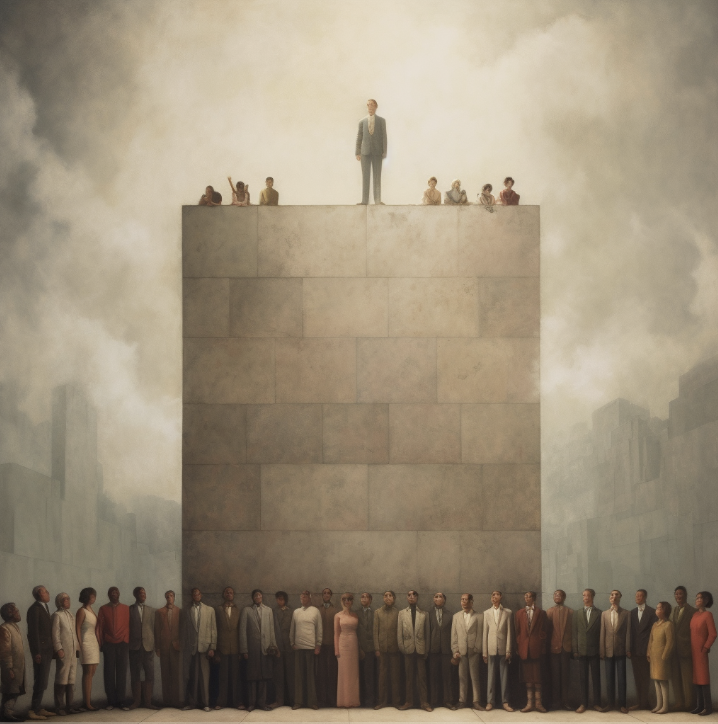
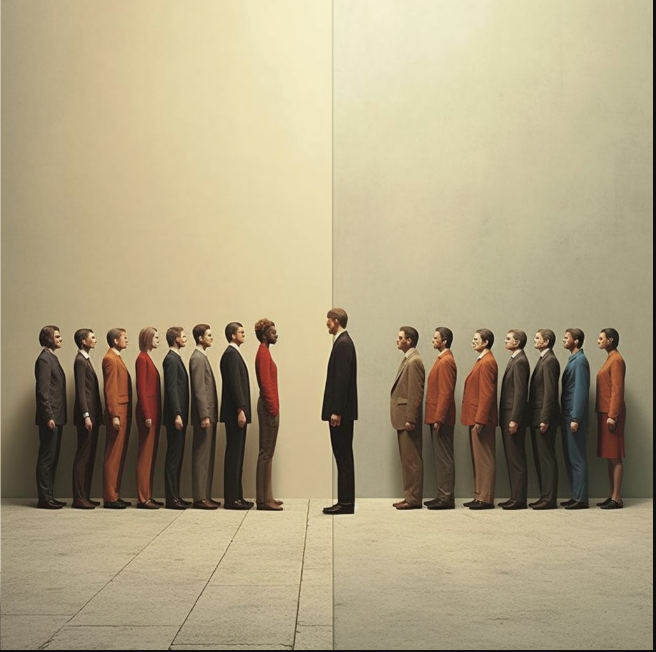

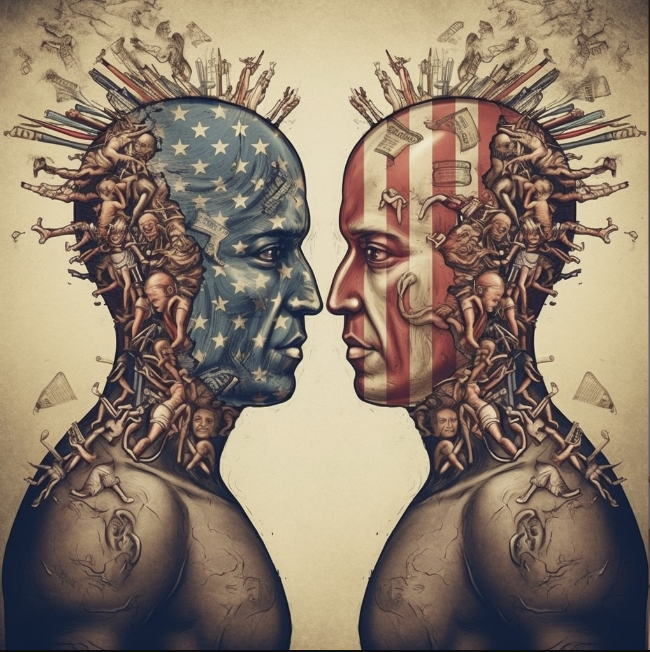
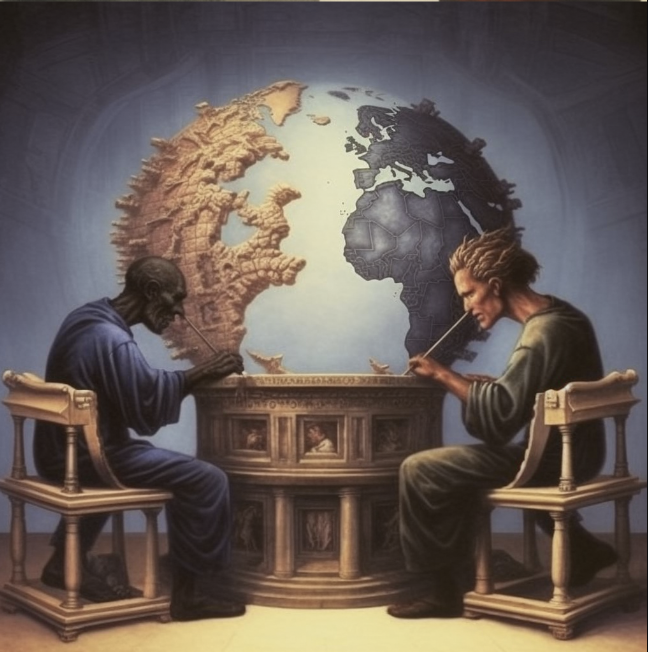
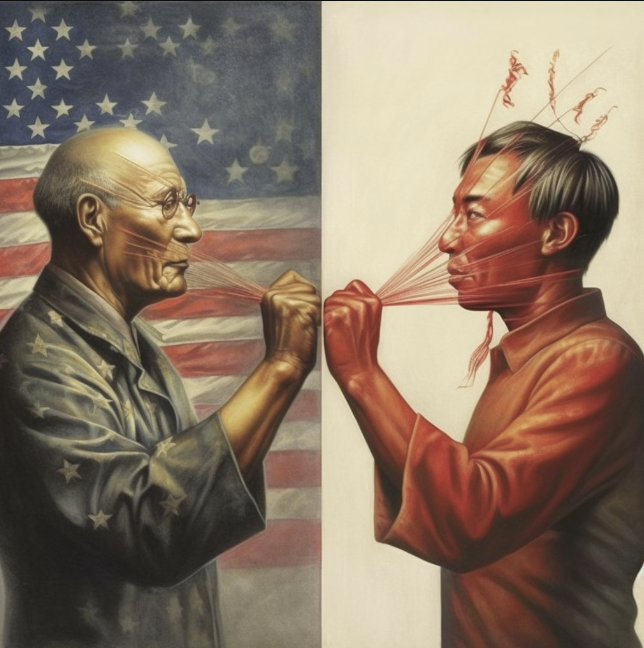

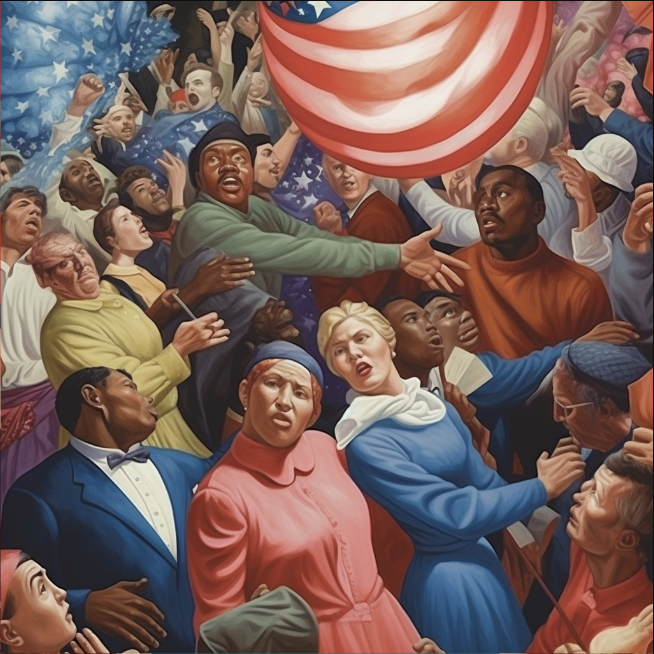



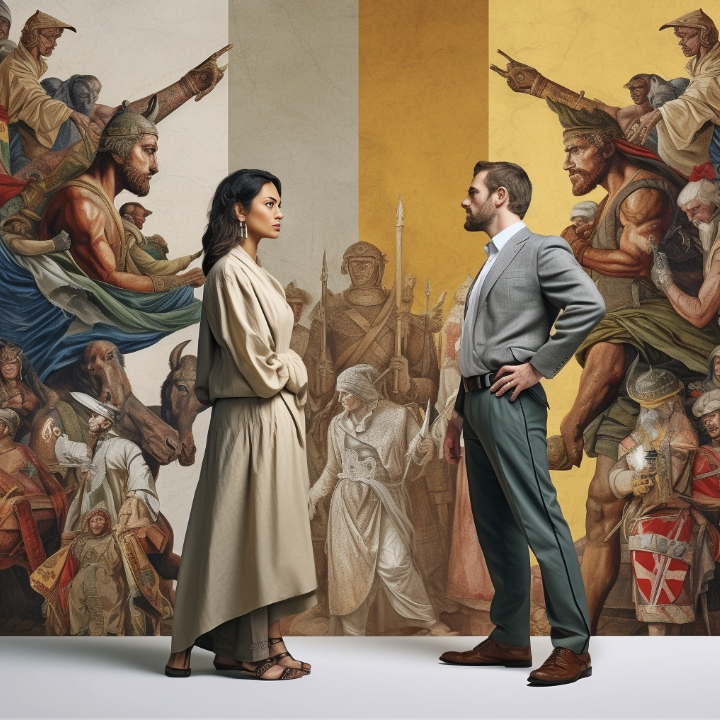
AI and Intercultural: Images of Minimization of Cultural Difference
The third stage in the DMIS is the ethnocentric stage called Minimization, which serves as a transition towards ethnorelativism. In this stage, individuals tend to assume that deep down, everyone is essentially the same, similar to themselves. The term "minimization" itself reflects the tendency to downplay the significance of cultural differences in our lives. The focus is on finding commonalities, often through universalist systems such as "human rights," to understand cultural diversity. While this stage represents a positive shift from previous stages and promotes less violent social conditions, there is still a general lack of awareness regarding the influence of culture
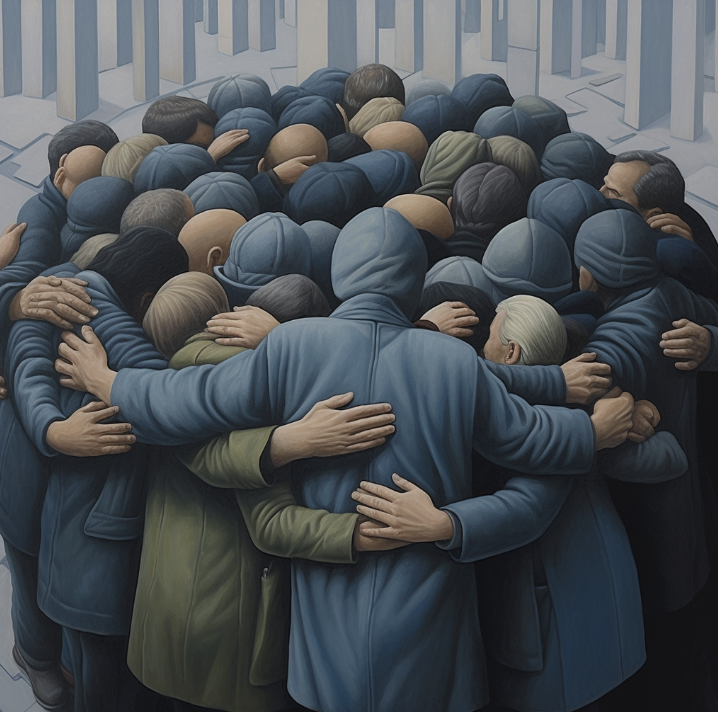

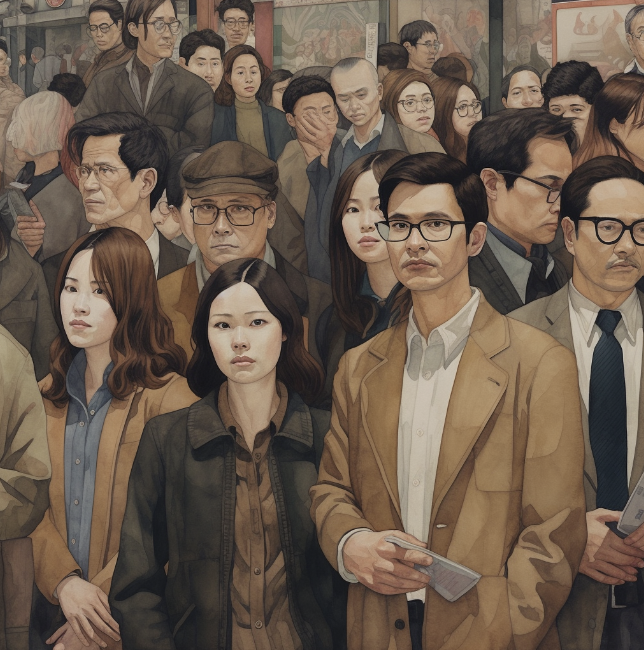
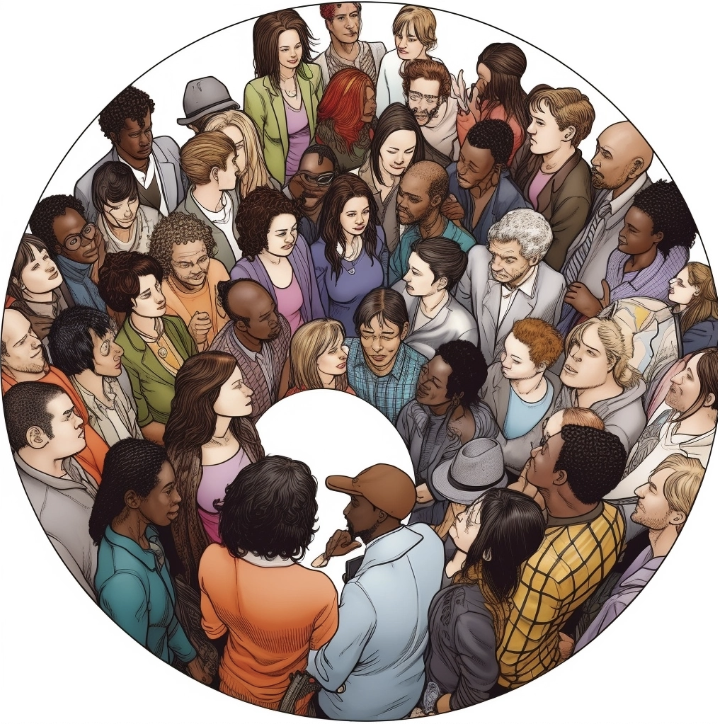
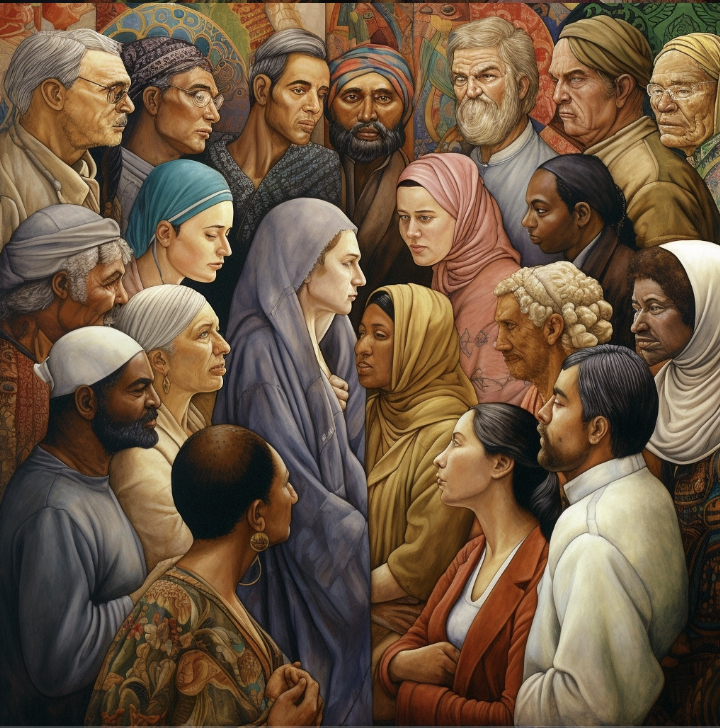


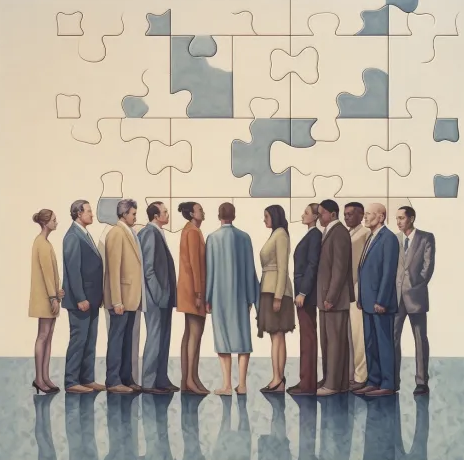
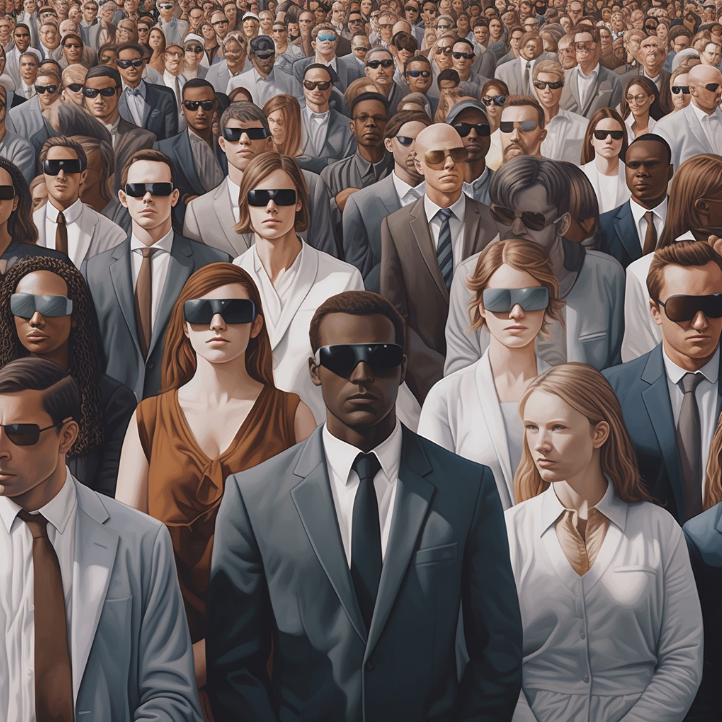
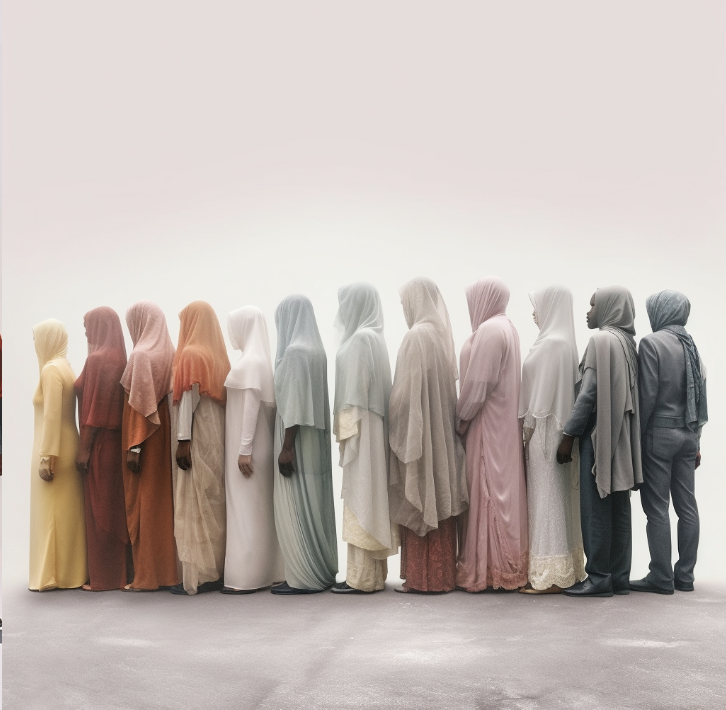

AI and Intercultural: Images of Acceptance of Cultural Difference
The nest stage in the DMIS is known as Acceptance, which represents an ethnorelative stance characterized by respect for cultural differences. In this stage, individuals acknowledge and value the profound influence of culture on our world. They display curiosity and interest in engaging with cultural diversity, even without possessing sophisticated strategies for navigating it. The primary challenge at this stage is reconciling relativity and ethics.
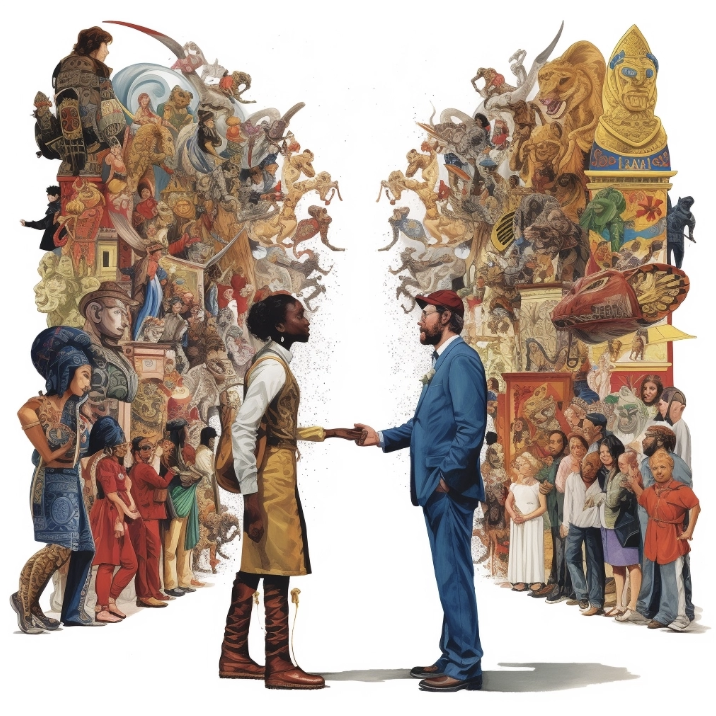
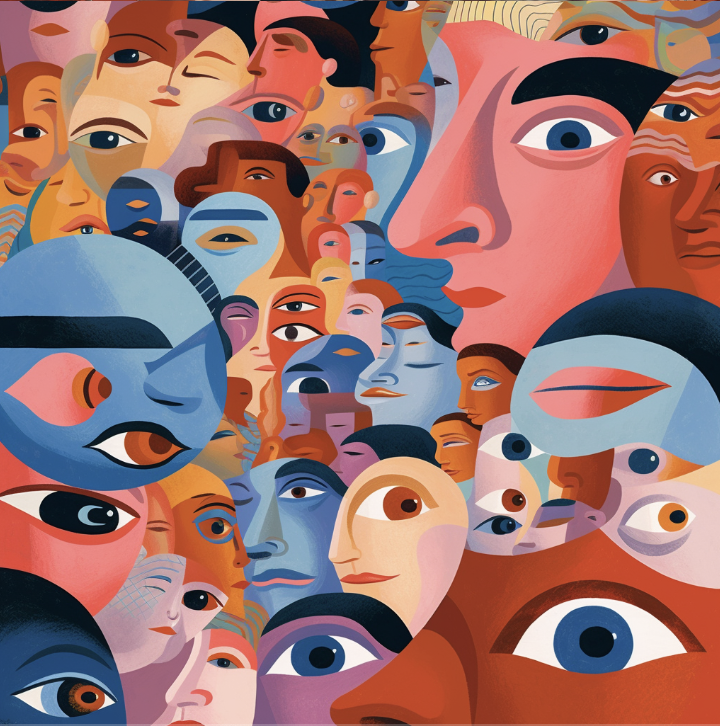

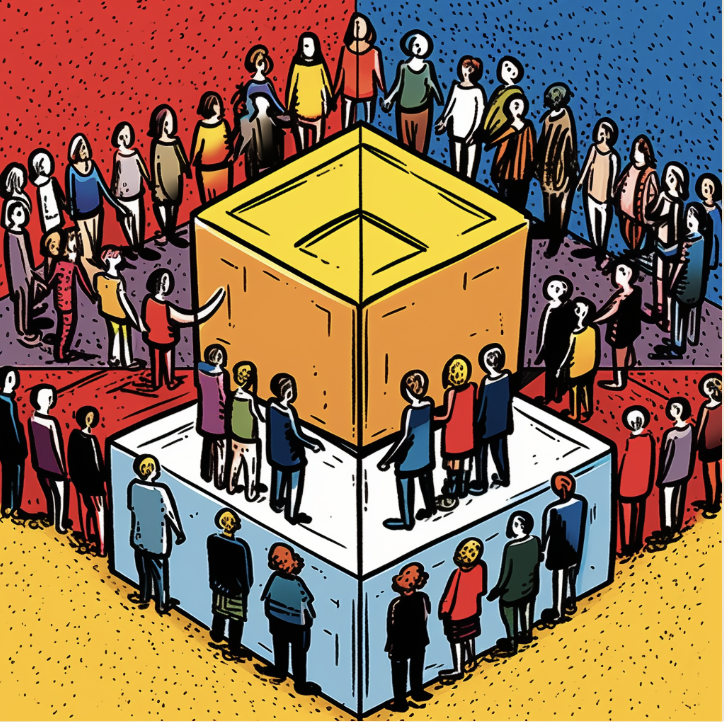


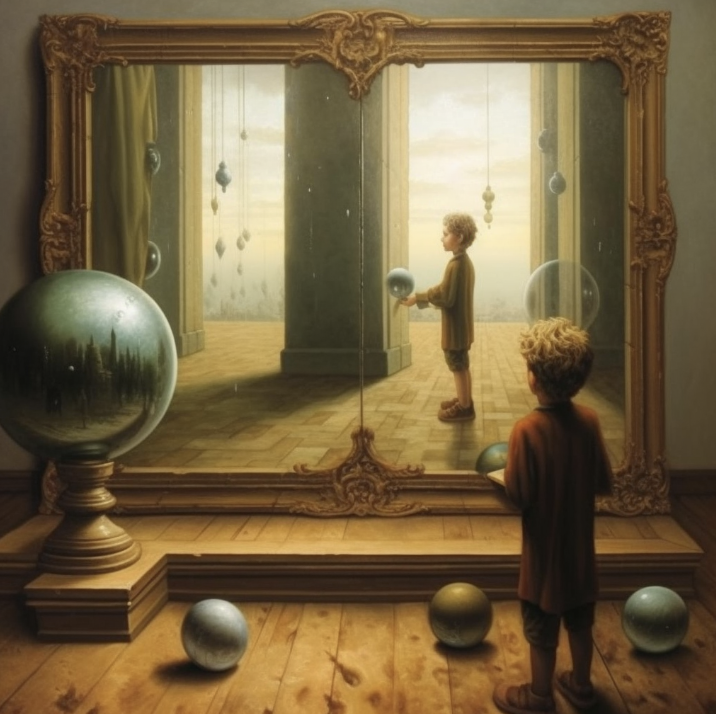



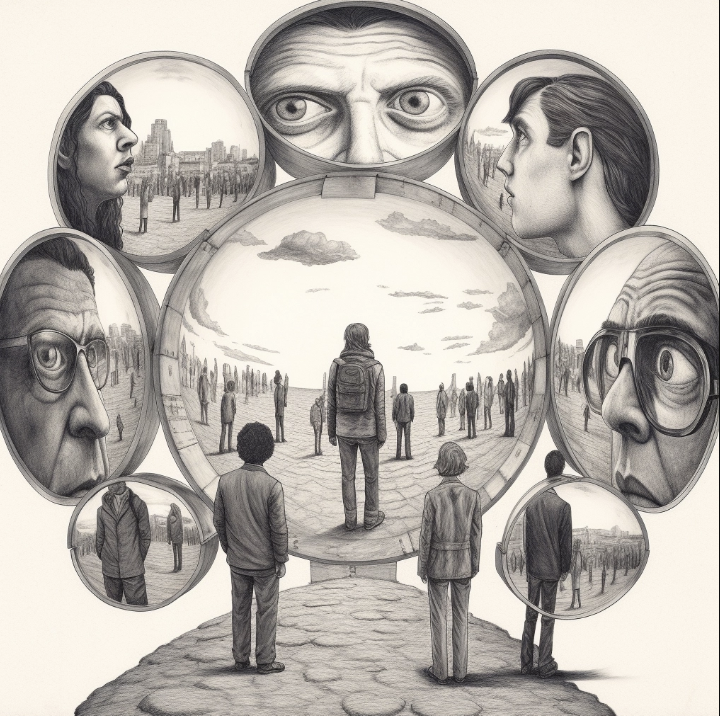


AI and Intercultural: Images of Adaptation to Cultural Difference
Adaptation is an ethnorelative stage in the DMIS characterized by the practice of perceptual flexibility and behavioral code shifting. Empathy plays a crucial role in this stage, where one de-centers their own perceptual frame and actively seeks out and "experiences" the frame of the other culture in an intuitive manner. This process enables individuals to construct a reality that aligns more closely with the other culture. The ultimate goal is to develop a perception that feels appropriate within that cultural context. This stage allows for the application of what Bennett refers to as the "Platinum Rule," which involves treating others how they would like to be treated. Even if empathy remains as an awareness rather than a fully embodied experience, it still contributes to significantly more respectful and affirming conditions (Bennett, 2013).

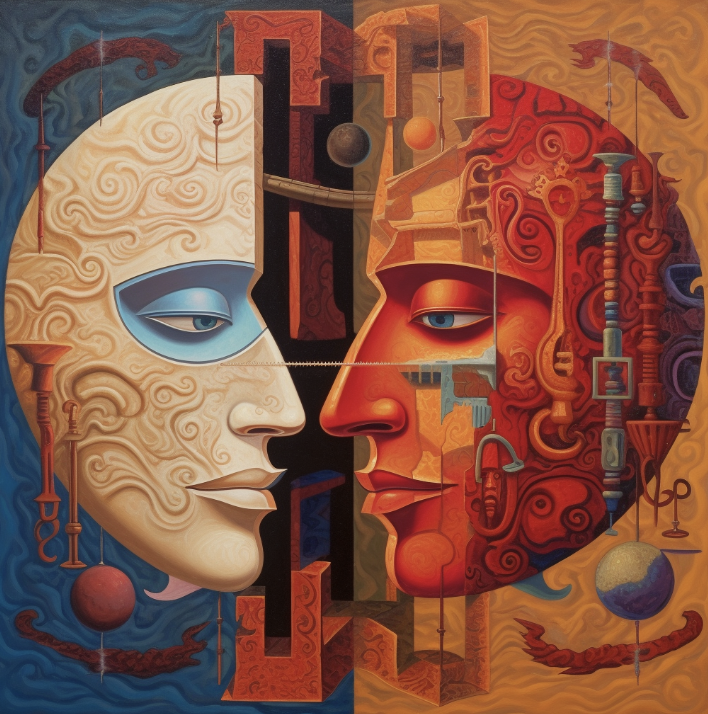







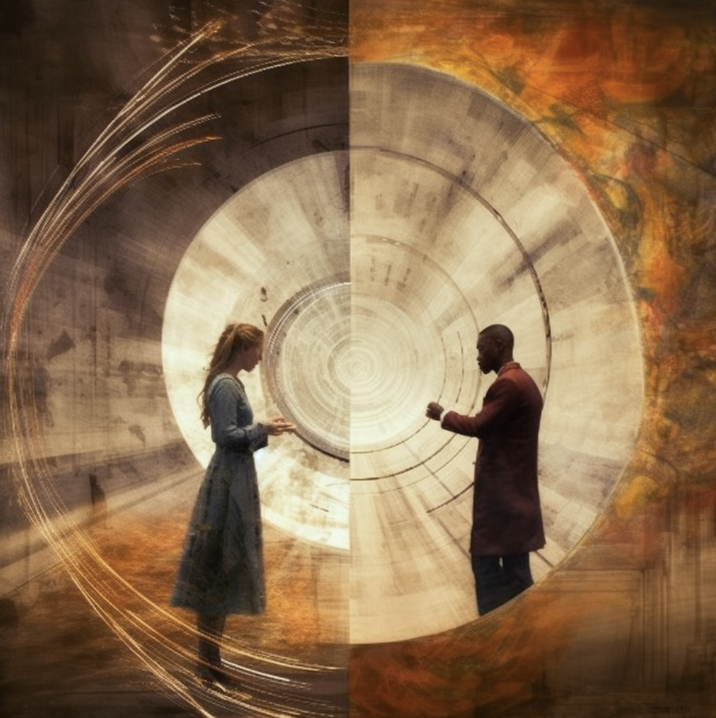



AI and Intercultural: Images of Integration of Cultural Difference
Integration is the final stage in the DMIS and focuses on the question of identity and how individuals navigate their understanding of themselves when adapting to cultural differences brings forth other "selves." In the Integration stage, ideally, a person has access to a range of possible identities. Individuals have a repertoire of multiple selves that can be intentionally enacted, each suitable for different cultural contexts. Those at the Integration stage consciously shift perspectives and worldviews as appropriate.


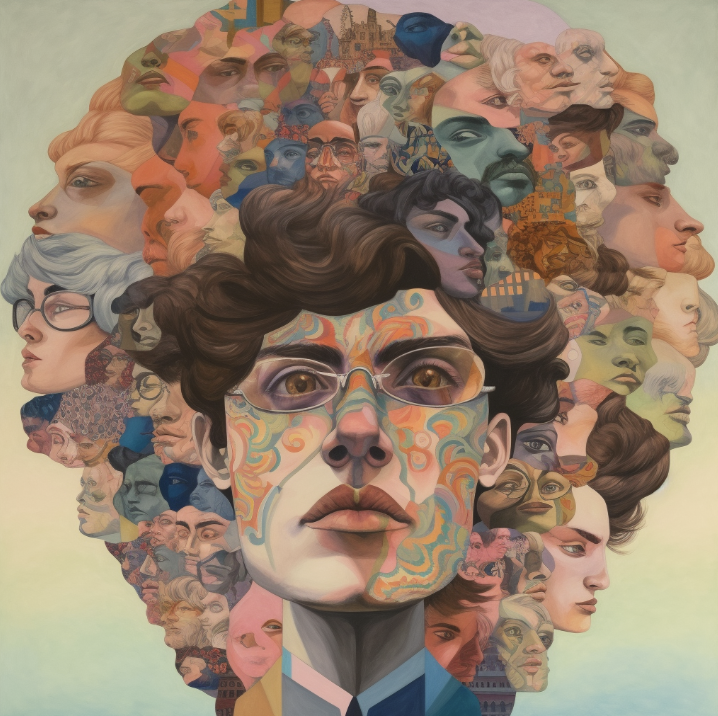

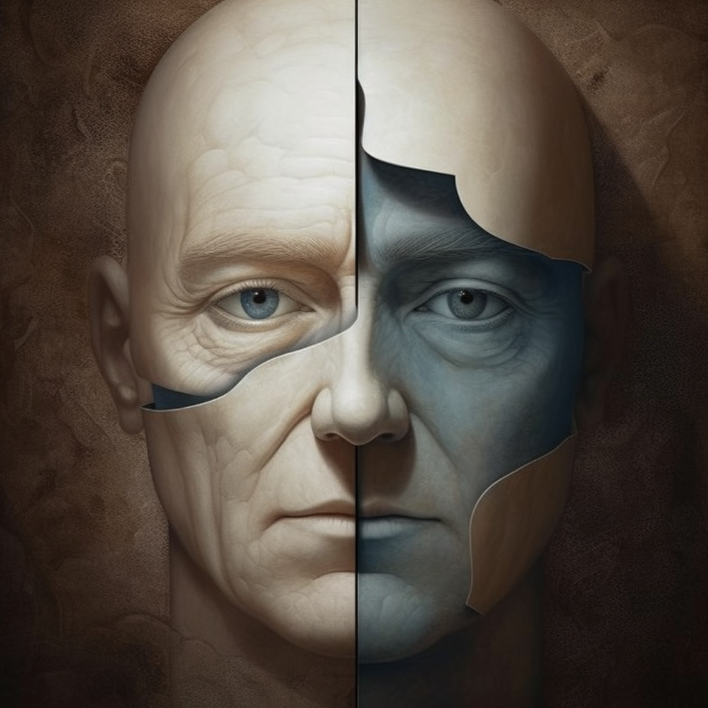
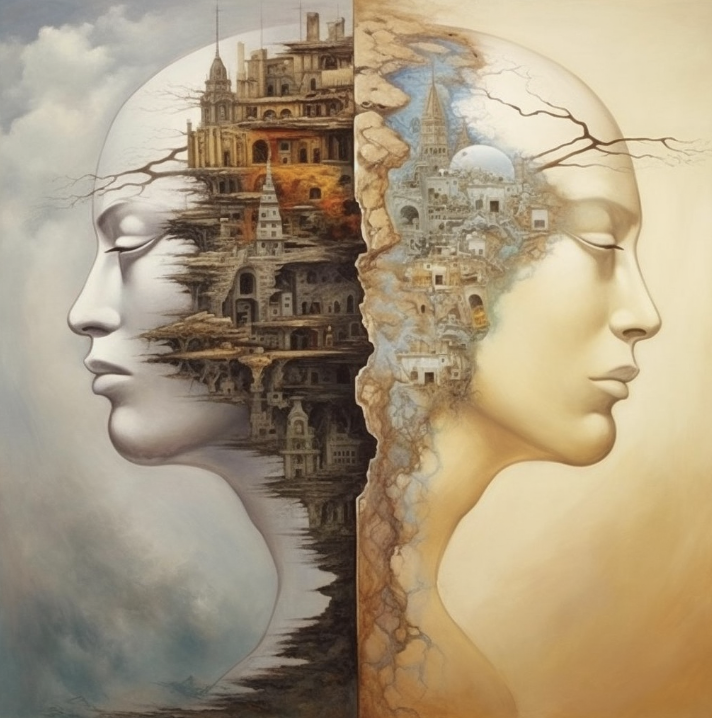


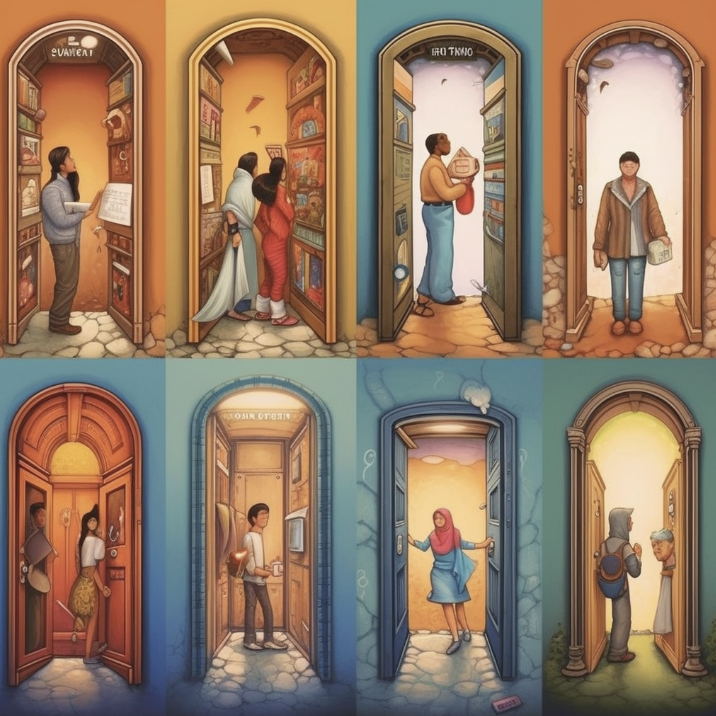
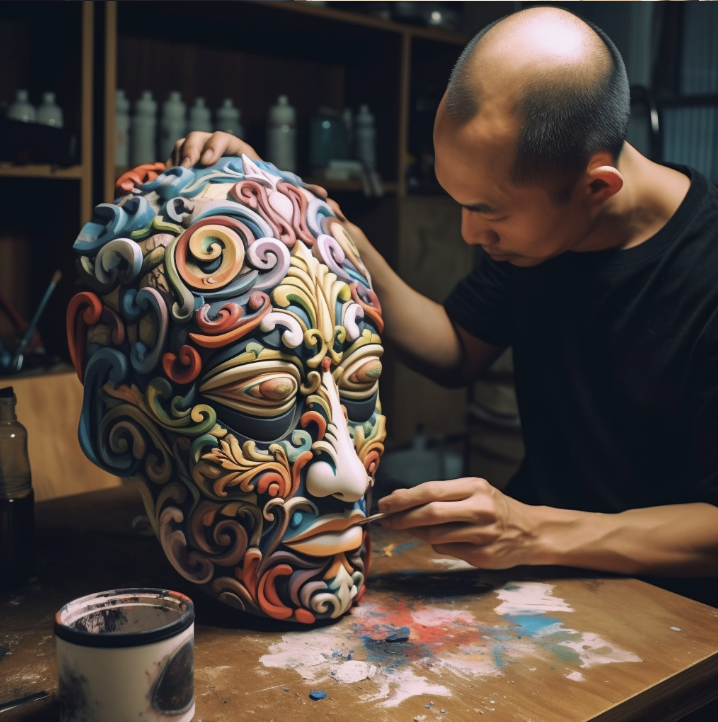
Copyright ©2023 Ryan Peters. All rights reserved. All images on this site were generated by artificial intelligence (AI) and are the property of Ryan Peters. These images may not be reproduced, copied, transmitted, or manipulated without the written permission. Please contact Ryan Peters to use these images. (Higher resolution images are available.)

